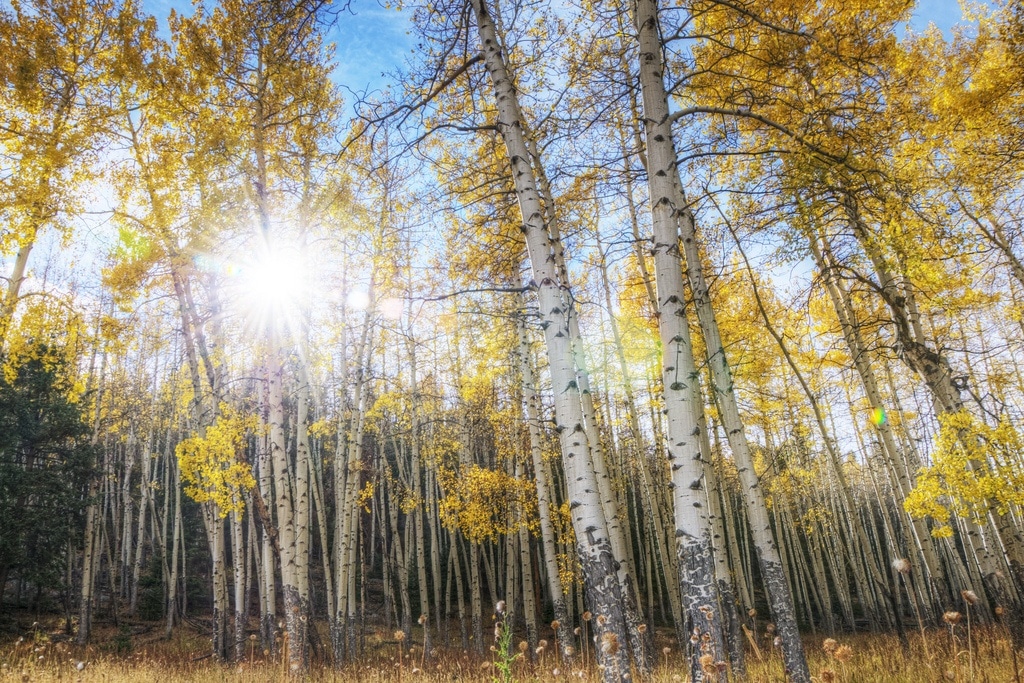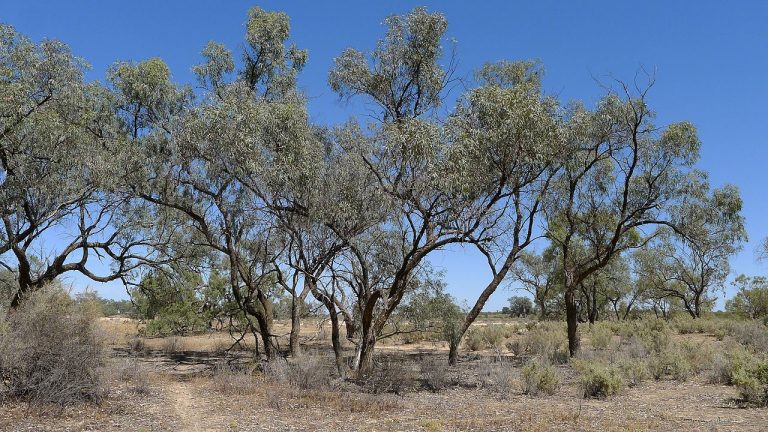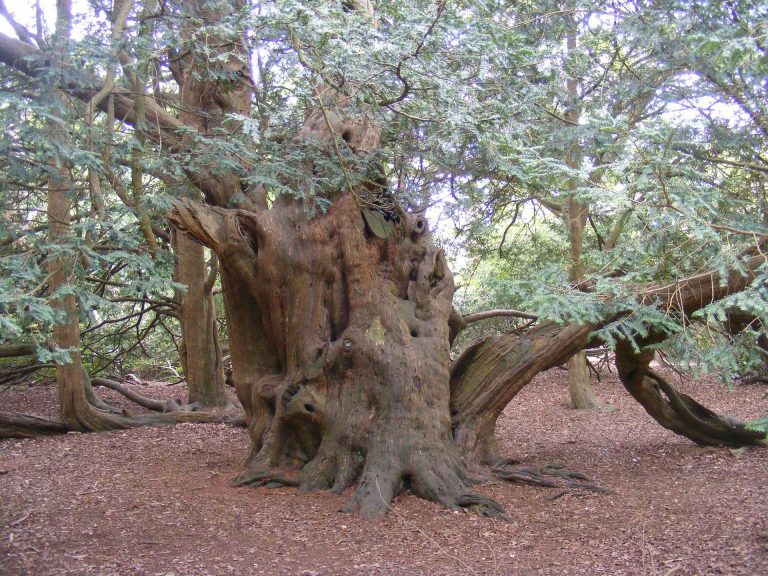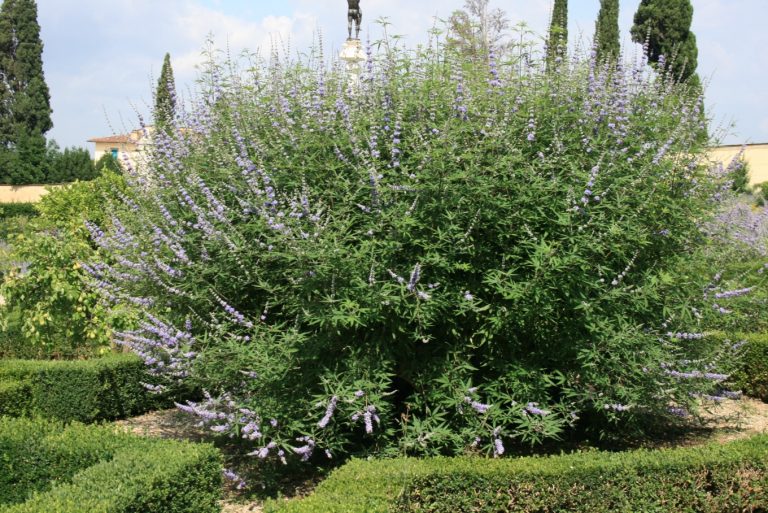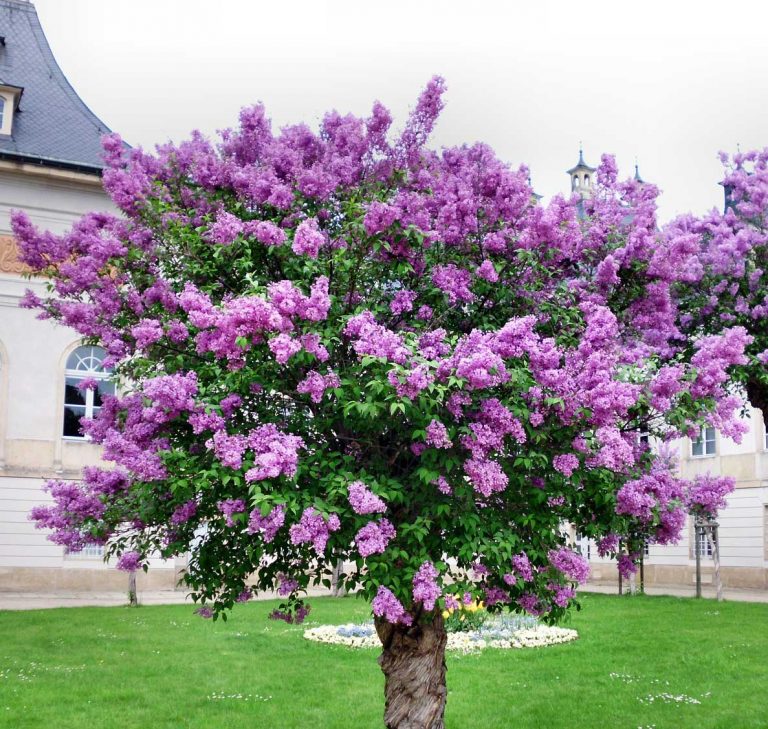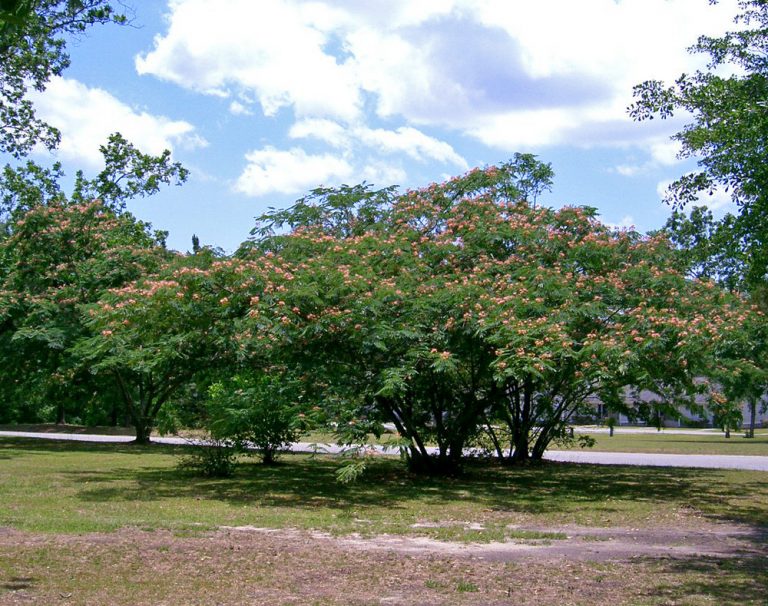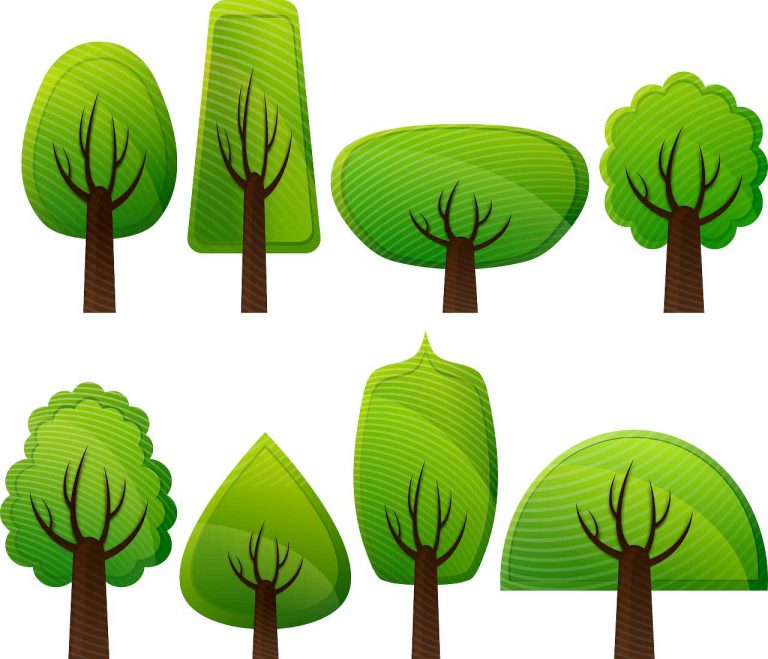Aspen Tree
Scientific classification
| Kingdom: | Plantae |
| (unranked): | Angiosperms |
| (unranked): | Eudicots |
| (unranked): | Rosids |
| Order: | Malpighiales |
| Family: | Salicaceae |
| Tribe: | Saliceae |
| Genus: | Populus |
Aspen is the name generally applied to some varieties of trees; however, a few of these trees are categorized by scientists under the section Populus, belonging to the genus poplar. The aspen, a lovely tree suits itself splendidly to the mountainous regions, in the location where precipitation takes place in abundance all year round, experiences cool wind, and so on.
Aspens are a feast to our eyes. Besides the beauty it exhibits, and its deciduous nature, it is also loved for the tranquil tune it produces when its leaves flutter in the breeze. On account of its beauty in the display and the sweet melody, it renders, this high tree it is highly popular equally by the experts in landscaping as well as the homemakers.
Anatomy
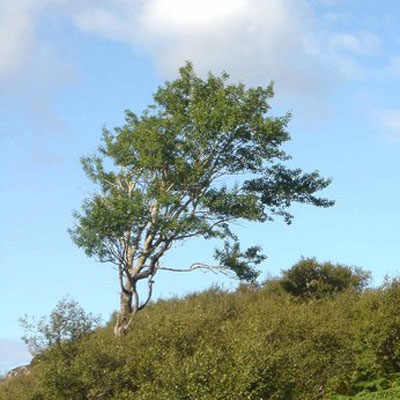
The Aspen trees are indigenous to the coldest provinces where the summers are cooler, in the northern portion of the Northern Hemisphere ranging southwards in the mountain highlands. These deciduous trees are of average size ranging in height between 15 to 30 m (49 to 98 feet).
The bark of the tree is gray in color, at times gray with a green hue, it is sometimes smooth or in certain trees we find pits in the shape of diamond lenticels.
The bark of the matured trees is mostly enveloped with deep colored lichen (Collema nigrescens), this presents a black colored look.
The way in which the aspen spreads its branches is peculiar, this is clearly noticeable during the winter, during which period, there are no leaves on them, further the high branches of grown up trees are frequently bowed parallel.
The leaves of the aspen are round in shape, and measure 2.5 and 6 cm across. The edges are serrated with a round shape for the leaf. The leaves of the tender ramets or suckers are normally of triangular shape and lengthened.
The Aspen’s petiole or stalk of the leaves are flat (the stalk of the other trees has a cross-section that is round in shape) and too flexible at the blade of the leaf. This accounts for fluttering of the leaves with just minor breeze.
Initially, when the leaves open during the spring, they appear in a clear copper-like color, prior to changing into green color. During autumn, the leaves change into a bright yellow color and in certain cases they turn red.
The root system of the aspens is another peculiar trait. Its roots spread to the extent of 40 feet from its parent tree. In the process of searching for the source of water, the aspen’s roots penetrate into the footpaths and creep into the septic tanks and sewage systems.
Habitat
The aspen trees are endemic under the planet. In nature its range extends from the Arctic Circle in Scandinavia to the Northern regions of Africa; and also from Britain through the majority of the European continent and the northern parts of Asia to Japan and China.
GROWING AT HOME
Soil for Planting
Aspen favors soil, which is moderately acidic, damp, properly drained in the mountainous regions. Aspen thrives in damp soils with less compaction, distant from the treading of animals and humans, traffic or drains. The berms which elevate the tree gives the roots ample place for spreading (this hinders the pathway for the errant humans and the pets.
Planting
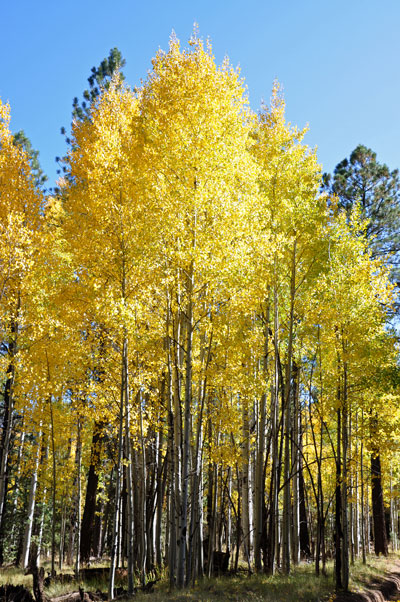
Photo by: Brady Smith
It is advisable to plant your aspens in berms of 10 to 15 ft and not in a lawn or away from the grassy area. Plant your aspens in clusters, permitting them to give mutual protection. Bear in mind that these aspens do not survive for a long time or perhaps you intend planting a different variety that gradually lives for a 10 to 30 year period.
Prior to planting your Aspen, clear away all the grass and weeds and prepare a hole sufficiently big to establish the root ball. Gently place the root ball in the hole prepared by you, discard the pot. While transplanting, ensure that the length of the stem in the pot or ground is the same in the hole and compact the soil in the hole.
Watering
During the summer, water your aspens every week, gradually enough for it to go down far below the soil. When the winters are dry, water them monthly once when the temperature exceeds 450 devoid of snow on the ground.
Flowering and Maturing
The Aspen tree blossoms in the months of March and April prior to the appearance of the leaves, where the male as well as the female trees generates catkins. The female catkins that are pollinated are ripe in the beginning of summer when they produce seeds (every seed weighs nearly 1/1000th gm!) the seeds have tufts of hair.
Care
In case your aspen is planted in a lawn, protect it from fearful movers and their relatives, which are weed whackers. Diseases are quickly spread through damaged trunks from the awkward lawn.
Pack the trunk of your tree round with mulch some inches away from the trunk and many feet outward.
Aspens are advantageous during fertilization in spring. However, the freshly planted aspen have delicate roots, therefore fertilize only when the roots have set well (observe the thumb rule: every inch of the circumference of the trunk denotes the age of the tree in years for setting its roots).
Pest and Pesticides
The aspen tree is liable to have a usual pest the ‘oyster shell’. May to June is the crawler stage. In order avoid scale; apply a spray of an insecticide on the tree. Further, in winter apply a spray of horticultural (dormant) oil to destroy the scale that is over-wintering.
Iron Chlorosis
When the Aspen trees are unable to absorb iron from the soil for preparing chlorophyll, disorders happen, the leaves have a yellow appearance and the veins appear green. Compacted soil, root stress and drought worsen the disorder, and as the disorder progresses, the tree may die. This is prevented by applying chelated iron in the soil, inject it into the trunk, or give it a foliar (relating to leaves) iron spray and lessen the traffic below the tree and be sure you water the tree sufficiently.
Cytospora
Aspen that is subjected to stress are frequently affected by cytospora, which is a fungus that causes canker, and attacks the branches and the trunk. When this penetrates through the wounds of the tree, it generates orange cankers that are long and oozing; this causes a stain on the white bark. Reduction in stress is vital: the tree survives for a long time with cytospora if you water the tree with loving care. Marssonina leaf blight.
During spring, the disorder created by the fungal spores migrates from the debris of the leaves from the previous year. During warm temperatures, this fungus is seen on the leaves in the form of dark spots of yellow-rings. They slowly enlarge in size and join together. This issue is avoided if the foliage is cleaned in the fall, give the tree proper air circulation by spacing them at reasonable distances and provide drip irrigation.
Poplar Twiggal Fly. In case the twigs of your aspens are lumpy, it indicates that the popular Twiggall fly, also named Hexomyza schineri, has encroached. These dark and small flies deposit eggs into the tender twigs during spring. Here the larvae of the eggs develop into swollen galls that are not good looking. Allow the natures enemies (chiefly parasitic wasps and birds) to play its role.
Varieties
- Quaking Aspen: The quaking aspen is the broad leaf tree that is endemic to the Northern America. The quaking is highly valued for its amazing leaves during the fall. This tree is given another name “Golden Aspen” which is derived from the fact that its foliage shivers or quakes when the wind blows even slightly.
- Bigtooth Aspen: This tree is famous in the Northern provinces of the United States and also in Southern east provinces of Canada. The Bigtooth derived its name from the leaves that have teeth that are as sharp as a razor and serrated.
- European Aspen: This name has no relevance to the country. This need not bother you. This tree does not grow in Europe, but the tree flourishes well in Africa right up to Asia.
Uses of Aspen’s Wood
The Aspen’s wood is of extremely high quality for working on and largely supports the logging industry in the area of the great lakes and right across into Canada. Its characteristics of rapid and abundant growth are a matter of great relief to commercial users of this lovely wood. Apart from its major contribution to the pulp industry, you can find ample use of this wood for use from the manufacture of toothpicks to matchsticks to paneling and even study furniture. Beavers love to gnaw on its barks which are something like a staple food for them. The fact that Aspen wood lacks resin makes it stiff and tough and it does not split if you drive or screw nails into it. Moreover heights of 60 ft. And a trunk of diameter 20 inches plus is certainly a great advantage in the eyes of any woodworker. Working on this wood, carpenters treat as a pleasure, especially as they can use hand tools without fear of the wood giving way. The wood is so workable that you can chisel it to make a statue or use it for Millwork solid paneling or study furniture.

Having discovered a fondness for insects while pursuing her degree in Biology, Randi Jones was quite bugged to know that people usually dismissed these little creatures as “creepy-crawlies”.

